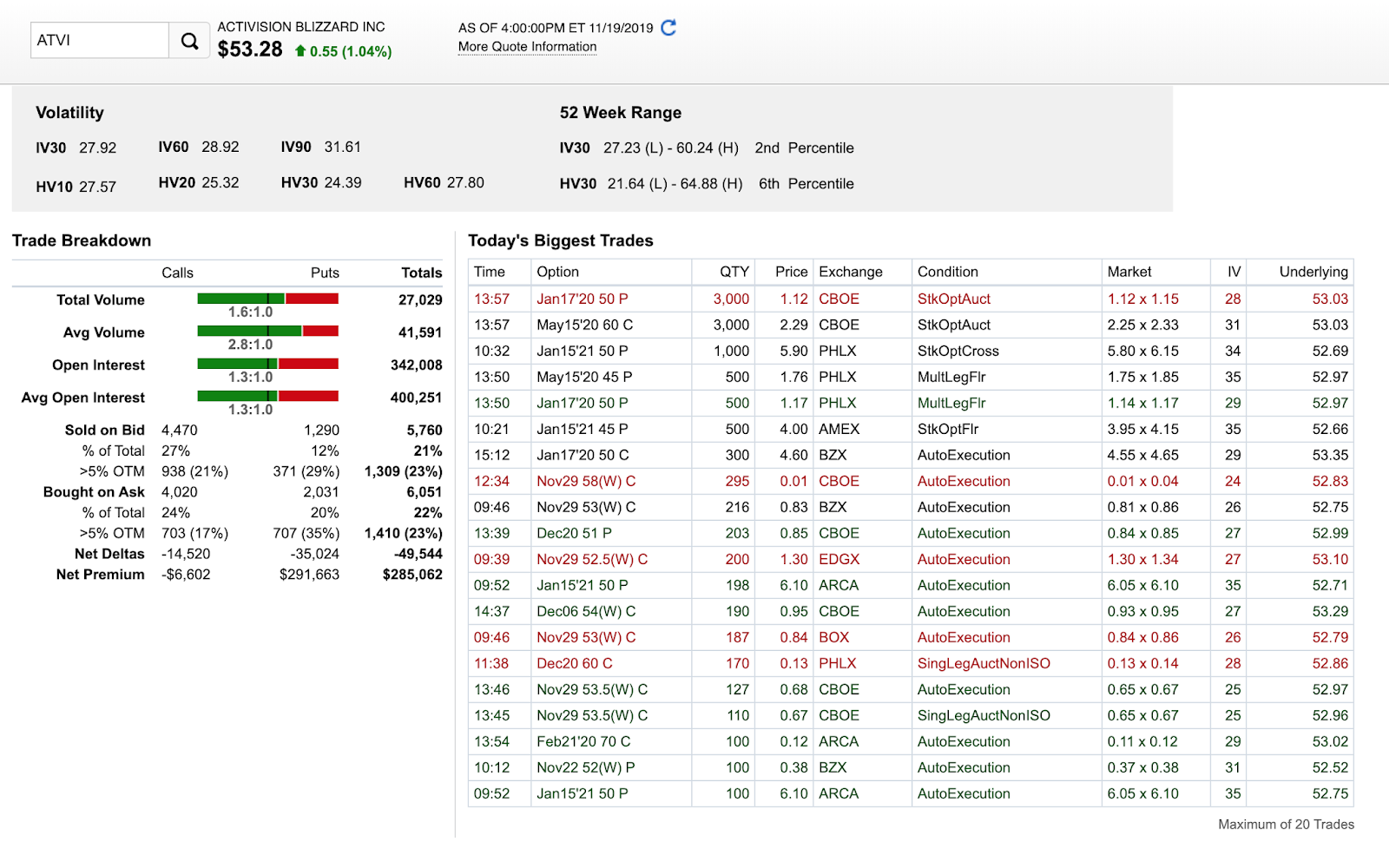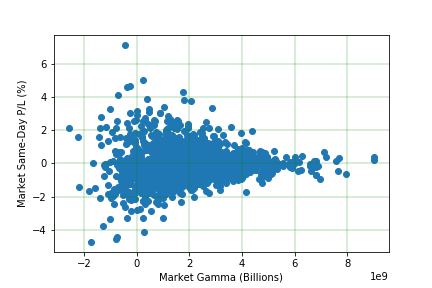Introduction - Why Gamma?
A recent trend within trading platforms is to include detailed and well visualized information
about each day’s option trading activity. Most brokers today (2019) include not only an asset’s
option chain but information about the biggest trades that occured on the chain and overall
impressions of option investor’s exposure. This includes things like Put/Call ratio, Net Deltas,
Net Premium, etc. An example of this summary can be seen below.
While investors become more knowledgeable about options and explore this data, a wide
variety of trading strategies have emerged. Many have speculated about following big fish
taking aggressive improbable bets, using the underlying’s Put/Call ratio as a leading directional
indicator, or a variety of other strategies based entirely on the activity of an asset’s derivatives
and not the underlying asset itself.
As time has passed, CBOE has released tools for investors to better understand the role of
equity derivatives and their effect on the market. ‘The VIX’ is a primary example of an index
derived solely from the information on the SPX option chain. Since its release the VIX has gone
on to have its own set of options as well as futures allowing investors to bet on the implied
volatility of the S&P 500.
This is ballooning now to the point where the average retail investor can buy a contract which is
a derivative of an ETF which holds derivative futures of an index which is itself derived by the
pricing of the derivatives of an index made up of the broader US equity market. I’m always
baffled that VXX options are actually honoured by the market and not completely worthless.
The success of the VIX has lead the CBOE to deliver similar indices derived the same way, on
mega caps and corporations that make up the largest pieces of the S&P 500. (AAPL, GOOGL,
AMZN, etc.)
The reality of the VIX is that it is determined based on the current market spreads for SPX
options. Such spreads are currently being set by dealers and market makers who are monetarily
incentivized by exchanges to fill as many orders as possible. In theory this leads to dealers
competing to make the tightest spreads, giving the best liquidity to discretionary traders. One
potential pitfall is that the collective of market makers may now dictate (to a certain degree)
the movement of the VIX index.
It is not impossible to conceive that every trade made on the SPX option chain is filled by a
dealer. Under four assumptions, an indicator similar to the VIX can be produced. It will attempt
to predict how exposed the liquidity providers books to the movements of the market.
This indicator, known by the few who use it as “Gamma Exposure Index (GEX)”, attempts to
condense the positioning of market dealers down to a single number. Most examples of this
indicator denominate GEX in dollars or shares. It is further assumed that GEX is the number of
shares or dollars the dealers have at risk on any given day. Notable changes in the behaviour of
the underlying asset occurs when the number of shares approaches or exceeds the average
daily trading volume of the asset.
Further information about this phenomenon can be found in the SqueezeMetrics white paper,
or on the Spot Gamma website. Finally, for those of us who don’t care about the integrity of our
sources, Seeking Alpha has had authors discussing market gamma exposure for sometime now.
Additional reading into a common option strategy known as “Gamma Scalping” is also useful
background knowledge.
SqueezeMetrics
One subscription service (Squeeze Metrics) has been providing investors with their own GEX
data since 2017. Recently(Q2 2019) a secondary service, Spot Gamma, with a slightly different
derivation process has also sprouted onto the scene. It is widely known that wealth
management firms release “Gamma Reports” to their clients.
While SqueezeMetrics keeps their signal behind a paywall of 200-1000$/month, they do release
all historical data for free. They also have a very plain website with adequate security. While I
couldn’t fudge my way into a subscription I was able to discover a hidden file on their site. An
unpublished white paper from 2017, when they first released their GEX(tm) index. In this white
paper they outline the major assumptions they make and the equations they use to derive GEX.
I am unsure as to why they do not make the white paper publicly available, or at least more
accessible. Below I have explored their historical data and its ability to produce excess returns
when used as a leading indicator for the S&P 500.
SqueezeMetrics GEX indicator is a single number and does not vary based on option expiry.
Spot Gamma’s indicator is primarily for the next expiry on the S&P 500 chain, and includes price
levels for where the dealers exposure turns negative (more on this later), and which strikes are
likely to act as pins moving into expiry (Max Pain theory). Spot Gamma keeps their entire
process proprietary. They do however, release their historical data and are explicit about what
input data is required for the derivation of their results.
Spot Gamma
Spot Gamma’s website is wordpress which made crawling their directories fairly straight
forward. It was clear that they use the same server to host their model’s data as they do to host
their website. Unfortunately, they were smart enough to keep the model out of reach. (To me,
at least.) I was able to uncover a couple intermediary data tables as well as access to their
subscription data. In reality, I should just pay them the 20$/month considering I stole their
model.
Using both the historical input data and its results, I was able to reverse engineer their model.
This process involved a Random Forest Recurrent Neural Network. This process is fairly simple
in actuality. If I know; bananas, yogurt and strawberries go in and a smoothie comes out, the
neural network can turn itself into a blender with relative ease. Computers are really good at
math.
While the model is only able to reproduce Spot Gamma’s numbers within a 0.05% margin of
error, that is well within an acceptable level of confidence. I am currently allowing the model to
improve itself day over day with unsupervised learning and by validating its results against what
is published by Spot Gamma for subscribers. Again, they deserve my 20$/month.
Why Will It Break?
In both cases, Spot and Squeeze, there exists four primary assumptions. The pitfalls of this
strategy may be exploited here. As outlined in their white paper, Squeeze assumes that every
trade is facilitated by a market maker. They further assume that call options are SOLD by
investors and are BOT by market makers. This means that the makers are short for every open
call contract. Subsequently, the inverse is assumed to be true for puts. The final assumption is
that marmet makers want to have a completely delta neutral book. Market makers intend to
sell theta premiums and are looking to remain neutral to the movement of the underlying
asset.
While this market microstructure should exist in any optionable asset that has market makers
providing the liquidity, we will only explore the SPX. Attempts to reproduce these results on
canadian equities has been mixed.
SqueezeMetrics data goes back to 2004, allowing for a far more insightful picture into the effect
of dealer exposure to the market compared to the 6 months of Spot Gamma data. We may
begin by evaluating the market same-day returns against the market gamma exposure (GEX).
While the returns of the SPX are fairly well distributed two trends are apparent. Volatility, in
terms of absolute movement, is heavily stifled when market gamma reaches positive extremes.
What’s more, is that the largest intraday moves occur when market gamma exposure is
negative.
Negative Gamma Exposure?
When the GEX is measuring positive numbers, it is suggesting that dealers hedge by trading the
underlying, they are taking trades that go AGAINST the movement of the asset. For example, if
the GEX is >4bn then the makers will sell as the asset rises and buy as the asset declines. When
GEX is negative or < 0, makers will sell into weakness and buy into strength. This phenomenon
may explain why the largest moves occur when the makers are negatively exposed. Their
trading activity exemplifies the movement already occurring as opposed to counteracting it.
Observant readers will already be foaming at the mouth for an opportunity to trade this
statistical advantage, but we shall continue to explore the data in an attempt to better our
understanding of this signal and produce a trading strategy that may produce excess returns.
The following shows market’s 5-day and 20-day returns against the SqueezeMetrics GEX signal.
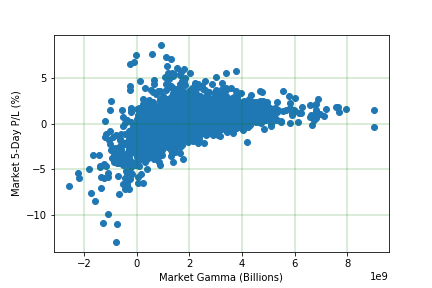
Figure 3: 5-Day market returns vs GEX opening print.
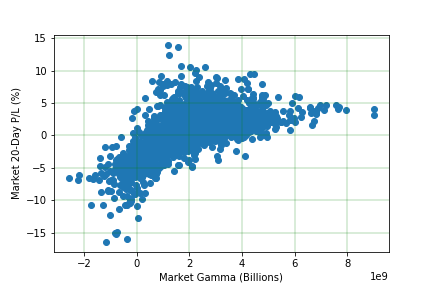
Figure 4: 20-Day market returns vs GEX opening print.
For posterity, the same three figures have been produced by the Spot Gamma Machine
Learning model.
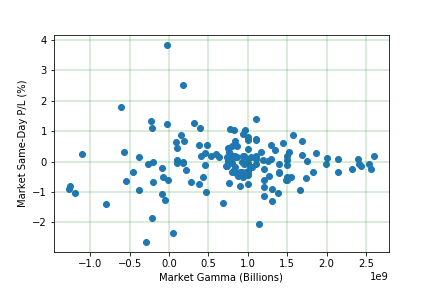
Figure 5: Same-Day market returns vs SPOT opening print.
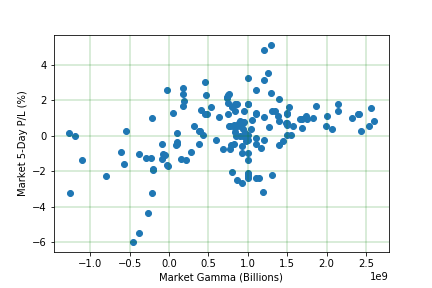
Figure 6: 5-Day market returns vs SPOT opening print.
A quick review of these plots make the trend abundantly clear. When market makers have
money on the line, they destroy volatility. When market makers benefit from movement, they help
push the index around. In either case, the hedging activities of market dealers clearly impacts
the returns of the market.
Earlier in this report we discussed the possibility that market makers control every print of the
VIX. Before exploring the use of GEX as a trading signal, it felt worthwhile to evaluate the VIX’s
performance alongside the GEX signal. Our assumption is that dealers will tank the VIX index
when they have large amounts of money at risk.
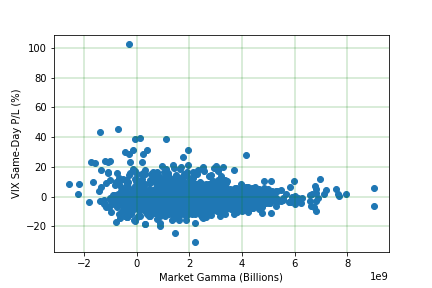
Figure 8: Same-Day VIX returns vs GEX opening print.

Figure 9: 5-Day VIX returns vs GEX opening print.
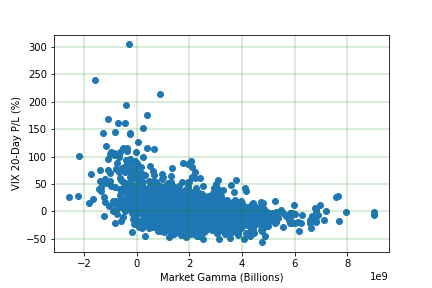
Figure 10: 20-Day VIX returns vs GEX opening print.
Using the above charts it can be concluded that our GEX model of maker positioning has some
correlation to the VIX index. So now the question must be asked, is this simply a case of the tail
wagging the dog? What if we’ve simply fit the data and the four assumptions are false?
I don’t need to know why, I need to make money.
Some additional extrapolation from the above figures must be done in order to develop this
signal into a viable trading strategy. Many quantitative investors may seek to optimize against
the data and find the optimal threshold of GEX to fit their desired risk tolerance. I’m quite
happy to draw some lines in the sand and trade around those.
The following data displays the 5-day and 20-day returns for the S&P 500 when market gamma
is above 4bn(Squeeze) or below 0.
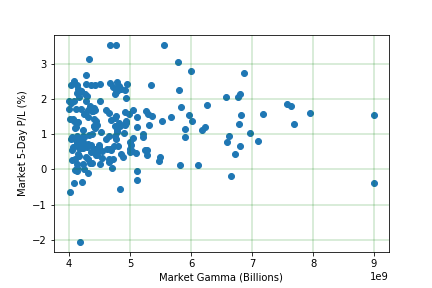
Figure 11: 5-day S&P 500 return when market gamma exposure (GEX) is greater than 4bn.
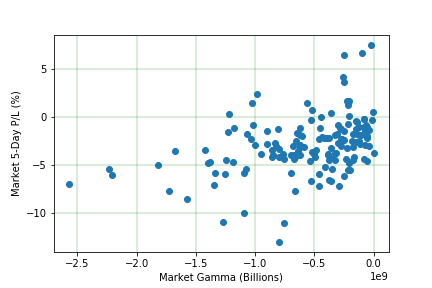
Figure 12: 5-day S&P 500 return when market gamma exposure (GEX) is negative.
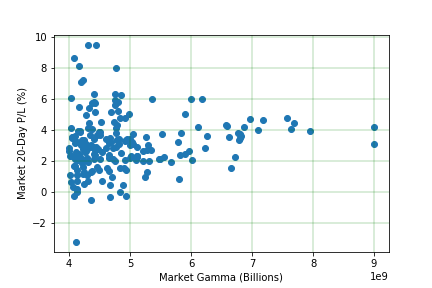
Figure 13: 20-day S&P 500 return when market gamma exposure (GEX) is greater than 4bn.
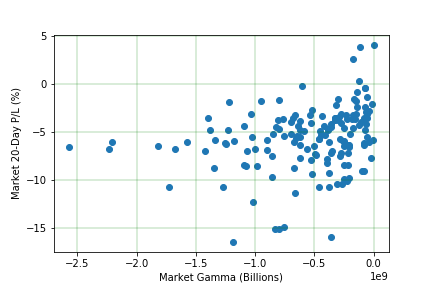
Figure 14: 20-day S&P 500 return when market gamma exposure (GEX) is negative.
While these trends are impressive, a rudimentary strategy has produced even better numbers.
This is so disgustingly profitable that I worry about putting the ideas in writing. Often times it
feels like signals work right up until the moment the first trade hits the market.
The following result (Figure 16) is from purchasing 6-8 Day-to-Expiry, Nearest To The Money,
Call Options. 1 contract is purchased at the day’s open if the GEX is above 4bn. Options are sold
at +100% gain, otherwise held to expiry.
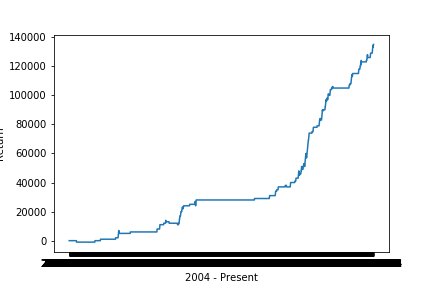
Figure 15: 6-8 Day-to-Expiry Calls when GEX opened above 4bn.
The following result (Figure 17) is from purchasing 10-12 Day-to-Expiry Straddles. Contracts are
purchased at market open whenever the GEX is negative.
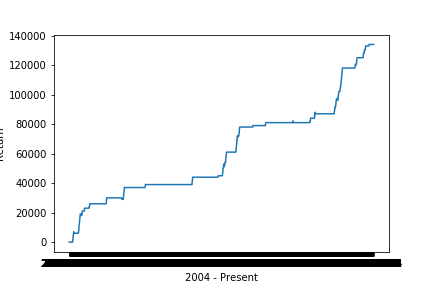
Figure 16: 10-12 Day-to-Expiry Straddles purchased when GEX opened negative.
Aside from the obvious next steps towards making money with this system, there are a few
other avenues that are potentially worth exploring. The first being further correlations to the
VIX index. A combination of VIX and GEX could lead to more meaningful signals allowing the
system to take trades more frequently, hopefully leading to increased returns. Earlier, it was
mentioned that VIX indexes have been produced for mega cap corporations. It would be
worthwhile to evaluate a GEX on those mega cap corporations who could have their liquidity
providers affecting their share price in a similar vein they affect the S&P 500. These listings
include; AAPL, GOOGL, AMZN, GS, IBM. They also have these indices for sector ETFs, Bonds and
Commodities. Should similar trends and results be found market wide, it would suggest that the
GEX truly is a leading indicator and would validate not only the system’s assumptions, but also
it’s results.
Work with individual canadian equities has been done, but the results have been inconclusive.
The most likely reason for this is a lack of liquidity takers (discretionary traders making option
trades) to allow the market makers to build up heavy books. It is clear from the SPX results that
the effects of GEX are most notable and reliable when the books are the heaviest.
The following work still needs to be done in order to bring this system to a live trading
environment. Additional backtesting with exact contract closing prices, and improved
granularity needs to be done. These tests will provide insight on the system’s trading technique,
drawdowns and risk. Once that is complete, a better picture of the system’s methodology and
profitability will be clear. From here, modern portfolio metrics will allow a system to be catered
based on risk tolerances and expected returns. It is notable that no metrics like; Sharpe Ratio,
Max Drawdown, Avg Returns, Value at Risk, Beta, Alpha, Skewness, etc. were included in the
results. Too many assumptions were made in producing a rudimentary backtest that those
metrics would be useless and non-reflective of a live environment.
At present there are no intentions of automating such a system should a profitable one arise
after the necessary research is complete.
